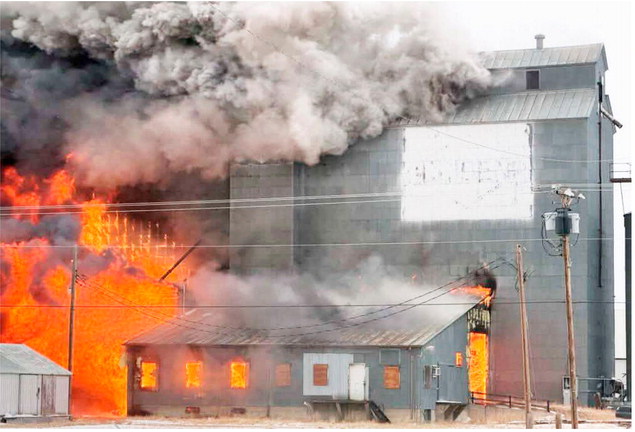and appear on an annual ….
and appear on an annual public report compiled by OPI.
According to accreditation data presented to the Board of Public Education by OPI in a separate meeting Friday, 14 schools in Montana employed unlicensed school counselors during the 2021-22 school year — twice as many as the year prior. The OPI report also said that seven schools had insufficient full-time equivalent school counselor levels and 10 had no school counselor FTEs at all.
Debate over rules governing school counseling and library services dominated what was originally slated to be the committee’s last meeting before passing recommendations to the education board June 30. Members agreed to add this week’s meeting to their timeline in an effort to resolve both issues. The committee agreed Friday to a series of tweaks to language that members said would safeguard school librarians as essential staff while granting flexibilities to districts struggling to fill vacant librarian positions. But the divide over the counseling issue persisted despite three additional hours of discussion over proposed compromises.
Deputy Superintendent of Public Instruction Sharyl Allen led one side of the debate, arguing that ratios do not lead to better mental health or academic performance outcomes for students. Her statements Friday were in line with previous arguments made by Arntzen, who has defended the elimination of state-mandated ratios as a way of granting local school officials greater control and flexibility to meet their district’s needs.
“Ratios aren’t going to fly,” Allen said during Friday’s meeting. She added that she was open to language requiring local school officials to assess the workload placed on individual counselors, but would voice dissent on any proposal that included a number.
Patti Drake, clerk and business manager for the Whitehall School District, echoed Allen’s concern. Smaller schools already face challenges finding applicants for counseling positions, she said, and continuing to require a specific staffing level to meet accreditation standards could be “setting small districts up to fail.”
Proponents of a counselor ratio have repeatedly countered that absent a state-mandated benchmark, local school officials faced with tight budgets may opt to downsize counseling staffs or outsource those duties to contracted professionals who aren’t specifically trained to deliver the academic and career guidance school counselors offer. Montana School Counselor Association executive director Renee’ Schoening argued Friday that the quality of school counseling services is directly related to the quantity of staff offering those services. Montana, she continued, should seek to set a “minimum standard” in its regulations for what a quality school counseling program looks like, and avoid the potential for overloading counselors with more students than they can individually handle.
“It is a big job,” Schoening said, “and it’s hard to do when you have too many students.”
Under the laws governing the committee’s process, dissent from a single member of the 22-member committee was enough to halt any proposal from moving forward.
Dissent from Allen blocked a proposal that included a cap of 300 students per counselor. Then, dissent from Shoening blocked a second vote on language that would have removed the counselor ratio requirement entirely. Afterward, Allen stated that Arntzen will now present her own recommendation on the school counselor rule to the Board of Public Education.

